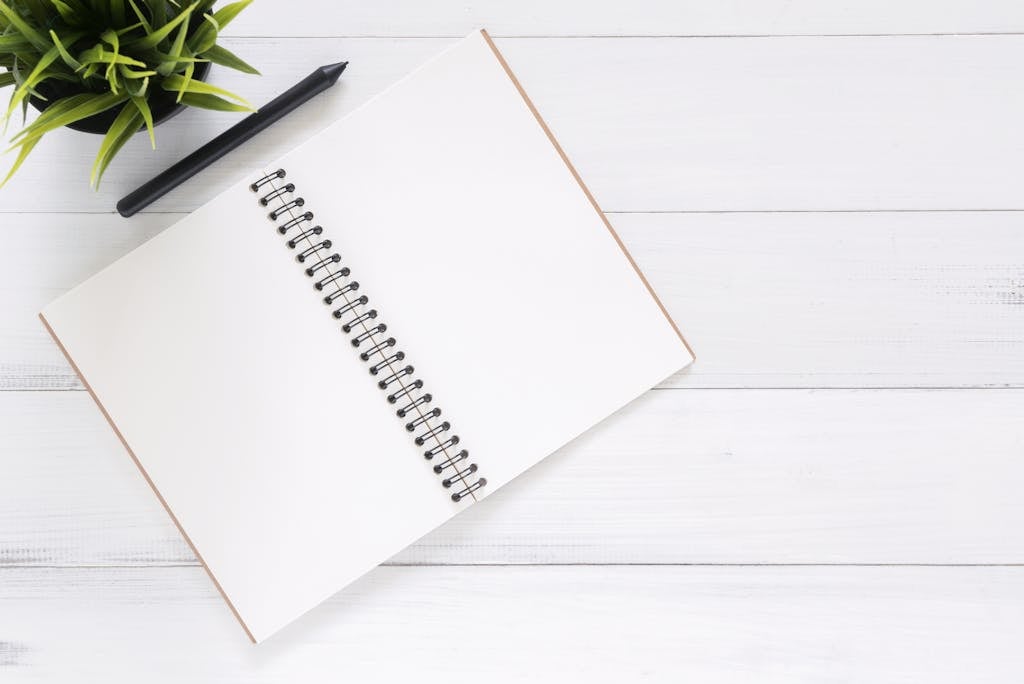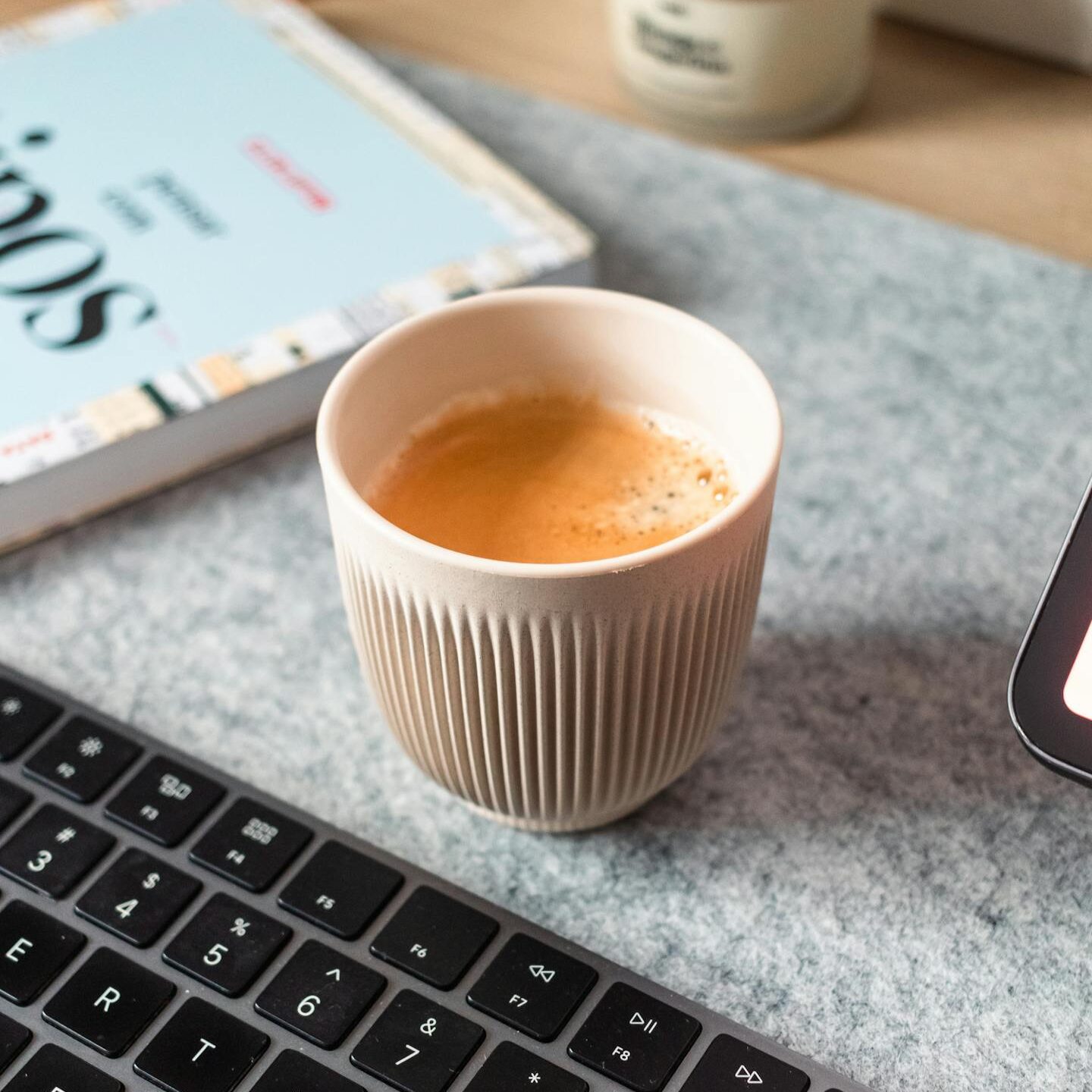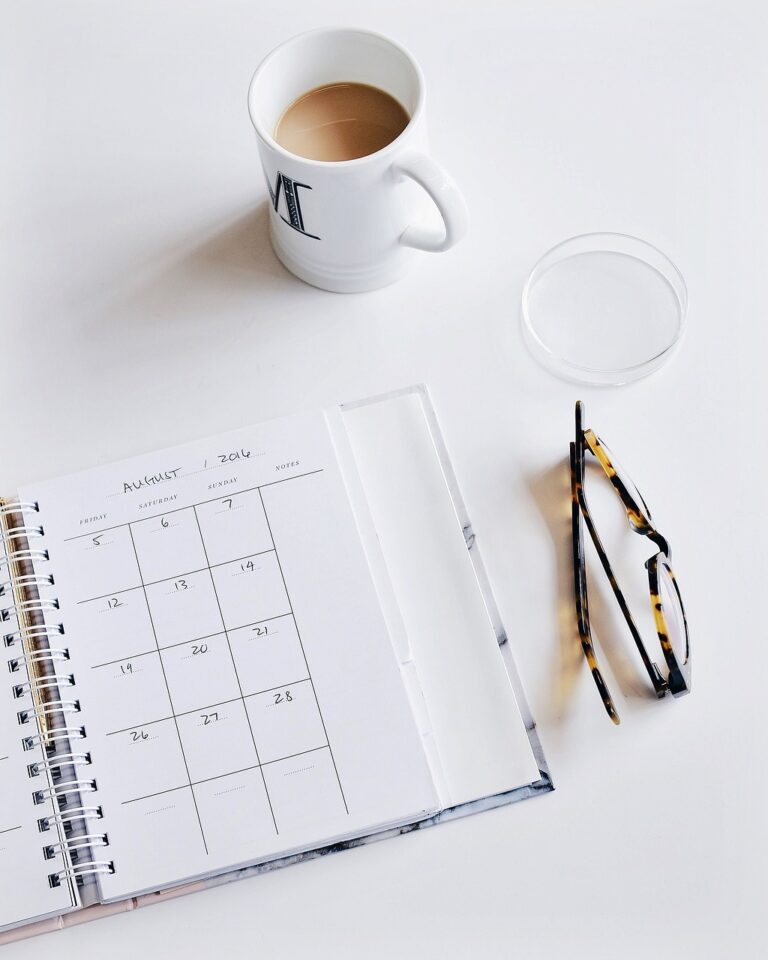How to Have a Productive Day
Productivity is something most of us strive for. However, it can be tricky to know exactly how to have a productive day.
Understanding how to be productive is the key to success and reaching whatever goals you have. And, while a lot of us associate productivity with being busy, it can actually have the opposite effect.
How? Productivity kills time-wasting. In other words, it lets us work smarter – not harder. This means you can free up time for very much-needed rest and relaxation.
Admittedly, productivity was never my strong suit. I always wanted to get stuff done, but I was a class-A procrastinator. Looking back now, I know this is because I never truly understood how to have a productive day.
I found the amount of advice out there overwhelming and unrealistic, and would often make excuses for not even starting.
But, after some trial-and-error, I can now proudly say I understand how to have a productive day.
Using the knowledge I have now, I can juggle my 9-5, go to the gym, work on my side hustle, handle everyday chores, and still have a social life (yes, it’s possible).
So, if this sounds like something you want to achieve – you’re in the right place. This article breaks down everything you need to know about how to have a productive day.
I’ll take you through how to build the right mindset, actionable steps to take, tools and techniques for productivity, and lastly, the key secret to a productive day.
Let’s get into it.

What Does a Productive Day Look Like?
Before looking at how to have a productive day, it’s important to understand what a productive day actually looks like.
Productivity is a pretty vague concept, and it looks different for everyone. Some people view productivity as a way to find balance in their everyday life, while others see it as a strategy for reaching their long-term goals.
As a result, there’s no blueprint for the ‘perfect’ productive day. We all live unique lives with unique goals, so basing your routine on someone else’s isn’t necessarily the right approach.
However, whatever the meaning of a productive day is to you, or whatever a productive day looks like in your world, there are some underlying principles that underpin any productive day.
The Principles of Productivity
At its core, productivity is about focus, efficiency, and reaching goals. Without these, making progress can be tricky.
Here’s a closer look at what each of these components actually means, and how they create a productive day.
1. Focus
Focus lays the foundation for productivity. No amount of planning, visualisation, or goal-setting offsets the need for focus. If you forget this, you’ll risk falling into the ‘planning trap’.
The planning trap comes as a result of the dopamine hit – a flurry of feel-good emotions – we feel from organising and preparing. This dopamine hit can be as intense as the one we get from actually completing the task. This tricks us into thinking we’ve already accomplished something, which diminishes our motivation to do what we plan.
That’s why focus is essential. When you focus fully on the task at hand, you avoid the temptation to get stuck in endless preparation. It allows you to channel your energy and attention where it truly matters, so that your plans turn into real, tangible results.
Without focus, even the best-laid plans can become meaningless.

2. Efficiency
Put simply, efficiency is about maximising output by minimising input, aka, working smarter, not harder. This means streamlining – making tasks as simple as possible – to get them done more quickly.
Humans love to overcomplicate things. In fact, the human brain has a bias against simplicity. Annoyingly, we see complex problems as more desirable, which makes us overcomplicate things that in reality are quite straightforward. (1)
Efficiency works against this tendency by resisting the urge to overthink. Ultimately, it’s about cutting through the unnecessary stuff and getting to what matters.
3. Reaching goals
At the end of the day, productivity is about making progress towards the things you want to achieve. Whether your goal is big or small, every single step you take in the right direction adds up.
Productivity isn’t about accomplishing everything in one day. It’s about taking intentional action.
For this reason, it can be useful to think of productivity as lots of little goals that add up to something bigger. Break up whatever you want to do into clear, actionable steps and you will build momentum over time.
Day Productivity: Setting the Right Mindset
In order to put each component of productivity into practice, you need to have the right mindset.
Unfortunately, goals and bad attitude just don’t mix, so it’s vital to make a conscious effort towards thinking positive thoughts.
Now – don’t panic if you’re a glass half empty sort of person. There’s plenty of things you can do to change your mindset for the better. Positive affirmations, meditation, visualisation, and a 10-minute walk can be enough to change a ‘can’t’ to a ‘can’.
Here’s a closer look at the things you can do to set yourself up for a productive day:
1. Practice positive affirmations
Positive affirmations are statements you say to yourself to replace negative thoughts with positive ones. I personally find saying these to myself out loud is the most effective way to practice affirmations (out of earshot of anyone else so I don’t sound like a crazy person).
Some of my favourites include:
“I am in control of my day”
“I am capable of the life I dream of”
“I look at challenges as an opportunity for growth”
Using these daily might feel a little weird at first, but you’ll get used to it! Admittedly, I felt a little sceptical of affirmations when I began using them but reading the science behind them convinced me to keep at it.
Affirmations are backed by the self-affirmation theory in psychology. (2) The basic idea of this theory is that we can maintain our self-integrity (our sense of self-worth and confidence in our abilities) by telling ourselves what we believe in positive ways.
So, the very act of affirming to yourself that you are capable of being productive helps you to actually be productive. Think of it like a self-fulfilling prophecy.
If you’re looking for more ways to build self-confidence and positivity, journaling can be a powerful tool. Check out my article on journal prompts for self-love for some inspiration.

2. Meditate
Meditation has a huge number of benefits, one of them being that it teaches you to focus (one of the core aspects of productivity). By meditating each morning, you’re training your mind to recognise distractions and bring it back to the present moment.
By practising focus through meditation, you’ll likely find it easier to focus on whatever task you have set yourself to do later in the day, therefore helping you to be more productive.
Think of it like strengthening a muscle —just as you build physical strength with consistent exercise, you build mental focus with regular meditation.
3. Try Visualisation
Visualisation is the act of picturing the things you want in your life. There are no rules to visualisation – it’s about imagining things the way you want to be and can include anything from imagining yourself in a bigger house or working in a job you love.
While it might sound a little too good to be true, visualisation is surprisingly beneficial, with some studies showing that mental practices are nearly as effective as physical practice. (3)
This is because visualisation activates the same neural pathways in the brain as actual experiences, ultimately reinforcing positive beliefs and boosting confidence. (4)
By dedicating 5-10 minutes each morning to picturing your dream life, you’ll prime your mind to be more productive throughout the day.
4. Take a 10-minute walk
For me, a 10-minute walk in the morning is an absolute non-negotiable. There are so many benefits to walking, particularly when it comes to productivity. Walking has been shown to increase happiness levels, help us to come up with more creative ideas, and pay attention more easily.
Based on this, it’s well-worth ditching the 10-minutes of scrolling for 10 minutes of walking – your brain, body, and your to-do list will thank you.
Things to Do to Have a productive day

Now we’ve looked at setting the right mindset, let’s look at some techniques to help improve your productivity.
1. the Pomodoro technique
If the idea of committing yourself to a straight 5 hours of work sounds like mental torture (so much so that you end up not doing anything at all), the Pomodoro Technique is perfect for you.
This is a time-management method where you work for 25-minute interval (a pomodoro), take a break for 5 minutes, and repeat. After every 4 pomodoros, you take a longer break for roughly 15-30 minutes.
The major benefit of this technique is that it makes everything seem a little less overwhelming, preventing us from procrastinating.
Give it a go and you’ll be surprised at how much each 25-minute interval goes by! Before you know it, you’ll have got a decent chunk of work done.
2. Eat the frog
‘Eating the frog’ is basically about doing the task you dread the most first. By getting in over and done with, everything else you have to do will seem pretty easy in comparison, making it easier to get stuff done.
On the other hand, leaving your most pain-staking task for the end of the day will probably leave you with a nagging sense of dread that kills your productivity.
Eating the frog is all about making life easier for future-you, even if it means biting the bullet first thing.
3. The Two-Minute Rule
The two-minute rule is kind of like ‘eating the frog’, but you can use it throughout the day. This rule states that if something takes 2 minutes or less, do it immediately.
By tackling small tasks as they arise, whether that’s responding to an email or washing a dish-you prevent them from piling up.
4. The Pareto Principle
The Pareto Principle is sometimes called the 80/20 rule and refers to the idea that 80% of results come from 20% of efforts. In other words, a small amount of what you do creates the most success.
With this in mind, it’s most productive to work on important tasks that will have the most impact, rather than spreading yourself too thin.
5. Deadlines
Setting deadlines – even when they aren’t strictly necessary – is a useful way to create a sense of urgency and motivate yourself to complete tasks faster.
However, it’s super important to keep these deadlines realistic. If they’re too ambitious, you risk feeling overwhelmed and giving up altogether. Instead, set achievable timeframes that challenge you without causing unnecessary stress.
6. Declutter your Workspace
Don’t underestimate the power of a clean environment for productivity. Personally, I know my mind feels all over the place when there’s mess around.
Studies show that having a tidy, clutter-free workspace can reduce stress and help you to feel more focused, which can do wonders for productivity.
So, at the end of each day, take a few minutes to organise your space so it’s ready-to-gone in the morning.
By using a combination of these techniques in your day-to-day routine, you’ll not only improve your productivity but create a sustainable work routine that helps you stay focused and energised.
These productivity hacks on how to have a productive day aren’t about increasing your workload. They’re about making your workload less overwhelming, and minimising your chances of procrastination and burnout.
The Secret to a Productive Day – The Most Important Thing to Remember
All of the tips and tricks I’ve shared on how to have a productive day are super valuable. However, there is one thing to keep in mind if you want to see any progress towards your goals at all.
The secret to a productive day? Getting started.
This might sound painstakingly obvious, but it’s of the most common reasons people struggle with productivity. So many times, we put off tasks, overthink them, or wait for the “perfect moment” to begin.
But the truth is, the hardest part is always starting. Once you take that first step – whether it’s typing that first sentence, making that first phone call, or simply clearing off your desk – the momentum starts to build.
So, if you ever find yourself stuck or procrastinating, remember: just start. Even if it’s imperfect, even if it’s small.
Looking for more inspiration on how to have a productive day? Check out my article on how to stop bed rotting for advice on getting out of bed and staying productive!
Sources:






Very well presented. Every quote was awesome and thanks for sharing the content. Keep sharing and keep motivating others.